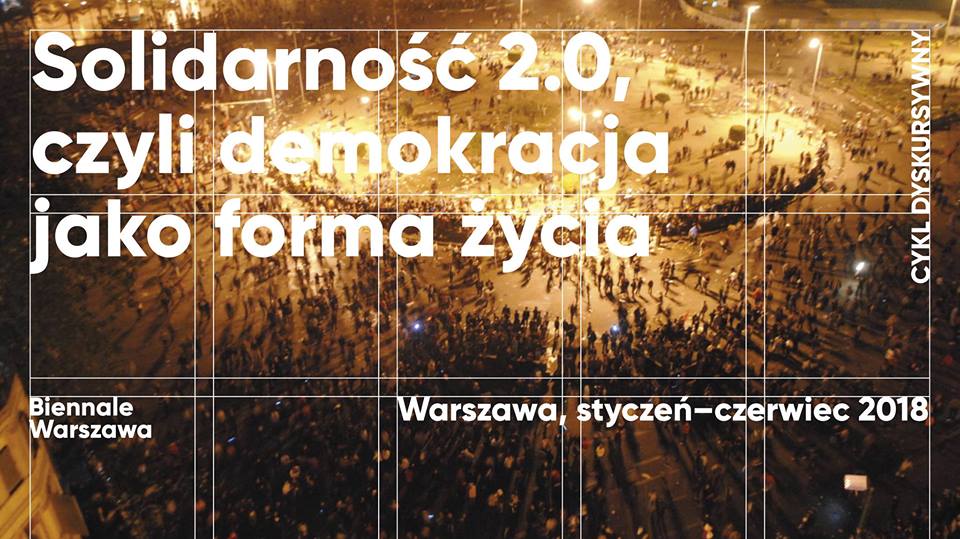From below, from above and from the inside out. Artistic institutions of common goods
Lecture by Kuba Szreder (Academy of Fine Arts in Warsaw)

From below: in Athens activists occupy the former Embros Theatre, closed down due to drastic budgetary cuts. In Venice, art workers take over salt caverns located on by the lagoon, which they transform into an alternative art centre. Frantic Gallery across Poland
From above: in Middlesbrough, North East England, the local art centre is turned into a museum 3.0, useful for residents of this post-industrial city. In Madrid, the Museum of Queen Sophia builds the archives of common goods, in cooperation with the collectives of independent archivists. The Eindhoven Vanabbe Museum turns inside out the conventions of the modernist art institution, becoming a centre of criticism of Dutch colonialism.
From the inside out: the artistic institutions of common goods are being founded at the intersection of grass-roots movements of art workers, their efforts to self-organize, and changes initiated by the public institutions of art themselves. As a result of their merger, new, radical institutional models emerge.
In defiance of the museums of one percent, serving only a rich elite, such as the Guggenheim Museum in New York or the newly created Louvre in Abu Dhabi, in the construction of which a slave labour force was used.
| Data | Czas | Tytuł | Miejsce | Wstęp |
|---|---|---|---|---|
|
February 6 2018
, 18:00
Tuesday
|
18:00 |
From below, from above and from the inside out. Artistic institutions of common goods |
Biennale Warszawa 29A Mokotowska Street (MO29A) |
Free entry |